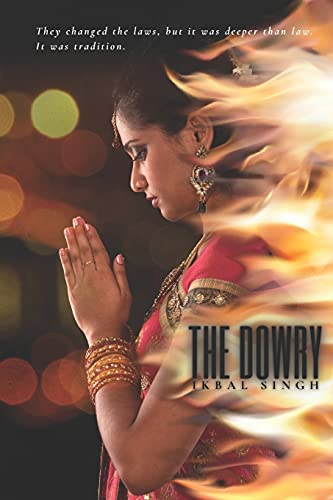The Dowry
The Dowry highlights the important anti-dowry abuse campaigns commencing in 1972-73. Commendably, Maya, the protagonist, leads reform campaigns with some assistance from family and Indira Gandhi; she’s not a victim to be ‘saved.’ Also positive are insights linking dowry abuse in that era to middle-class greed and barriers to abused women escaping, e.g., family/community pressures, limited employment opportunities, and inadequate housing.
Sadly, the plot is implausible with Maya almost singlehandedly combatting dowry abuse while surviving an impotent and cowardly husband, abusive in-laws, gang rape and acid attacks, and muddling through myriad relationships with Caucasian and Indian men and a Japanese lesbian. Indira Gandhi also needs little beyond Maya’s support to win elections, instigate reforms and subdue Pakistanis by creating Bangladesh.
Factual errors abound, e.g., Maya’s name is explained as meaning wealth and desire; it means illusion. The sensationalist opening statement incorrectly portrays sati (immolation of Hindu women on their husband’s pyre) as widespread and voluntary. Concerningly, the devastation caused by British colonizers is completely denied: ‘when India was ruled by Britain, people were enterprising – they did not let poverty touch them and they would do anything to live well’. In America, they ‘had the advantage of starting from an empty continent.’ Equally concerning is the author declaring the ‘unruly madness in India’ justification of Mrs. Gandhi’s repressive Emergency.
All religions except Christianity are denigrated, with some subject to ridiculous generalisations, e.g., Hinduism and Islam have become indistinguishable because both are rooted in sacrifice. Indians are corrupt and resistant to change. American and Australian societies are superior, with no issues for married women as they can easily divorce. At one point, Maya comments ‘I’m sure you have problems in America too,’ but this is never expanded.
Overall, The Dowry is not recommended for literary merit (too much tell) or ethical storytelling.










